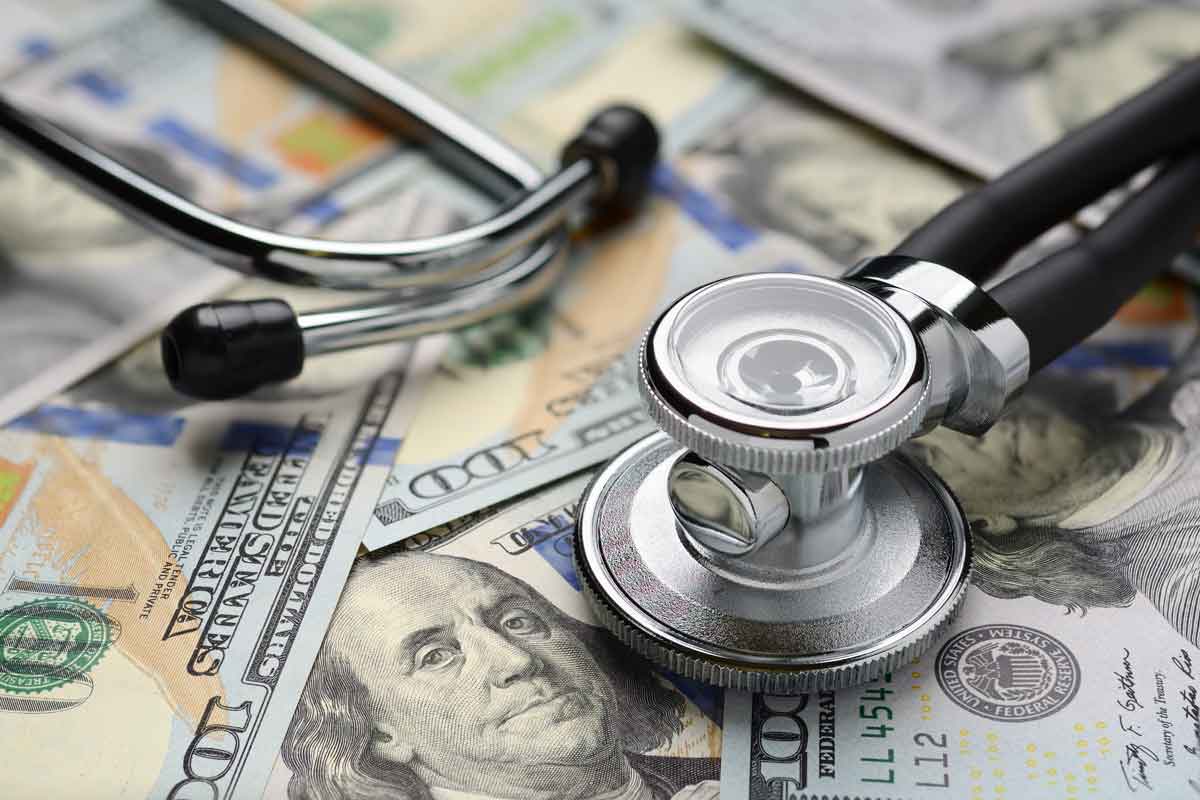You may be able to deduct some of your medical expenses, including prescription drugs and dental expenses, on your federal tax return.
However, less people are itemizing, and thresholds are in place making it harder for most people to qualify and benefit. But with proper planning and the right information, you may be able to time medical expenses to your advantage for tax purposes.
Who Can Benefit?
You must itemize deductions on your return to claim a medical expense tax deduction. If certain expenses, such as medical and dental expenses, taxes you paid, interest you paid and gifts to charity exceed your standard deduction you may be able to benefit from moving nonurgent medical procedures and other controllable expense into 2020.
For 2020, the medical expense deduction can only be claimed to the extent your unreimbursed costs exceed 7.5% of your adjusted gross income (AGI). For example, if your AGI is $100,000, you would need more than $7,500 in unreimbursed costs to see any benefit on your return if you itemize. This threshold amount is scheduled to increase to 10% of AGI for 2021. Before deciding to bunch these expenses into 2020, first make sure you are able to claim itemized deduction on your return. Then make sure your expenses or potential expenses will put you over your AGI threshold so that you will see a tax benefit.
You can deduct the medical costs that you pay for yourself, your spouse, and your dependents, such as your children. You may also be able to deduct medical costs you pay for other individuals, like an elderly parent if they meet certain criteria.
What are Some Common and Uncommon Medical and Dental Expenses?
Controllable expenses include refilling prescription drugs, buying eyeglasses and contact lenses, going to the dentist, and getting elective surgery. If these items are needed and will be advantageous on your 2020 return, it would be smart to fit them in before the year is over.
In addition to hospital and doctor expenses, here are some items to consider when determining your allowable costs that are often overlooked:
- Health insurance premiums – this item can be costly each year. Even if your employer provides health coverage, you can deduct the portion of the premiums that you pay. Long-term care insurance premiums are also included as medical expenses but are subject to deductible limits based on age.
- Transportation – the cost of getting to and from medical treatments counts as a medical expense. This includes taxi fares, public transportation, or using your own car. Car costs can be calculated at 17¢ a mile for miles driven in 2020, plus tolls and parking.
- Eyeglasses, hearing aids, dental work, prescription drugs and more – deductible expenses include the cost of glasses, hearing aids, dental work, psychiatric counseling, and other ongoing expenses in connection with medical needs. Purely cosmetic expenses do not qualify unless they are involved in improving certain conditions. Prescription drugs (including insulin) qualify, but over-the-counter aspirin and vitamins do not. Neither do amounts paid for treatments that are illegal under federal law (such as medical marijuana), even if state law permits them. The services of therapists and nurses can qualify if they relate to a medical condition and are not for general health. Amounts paid for certain long-term care services required by a chronically ill individual also qualify.
- Smoking-cessation and weight-loss programs – amounts paid for participating in smoking-cessation programs and for drugs designed to relieve nicotine withdrawal are deductible when prescribed by a doctor. However, nonprescription nicotine gum and patches are not. A weight-loss program is deductible if undertaken as treatment for a disease diagnosed by a physician. Deductible expenses include fees paid to join a program and attend periodic meetings. The cost of food is not deductible.
If you have any questions related to itemizing, what costs can be counted toward your medical and dental costs on your return, or if it would be beneficial for you to cram some of these expenses in 2020, please contact us.
Stay in touch!
Join our email list to receive more tax saving ideas.





